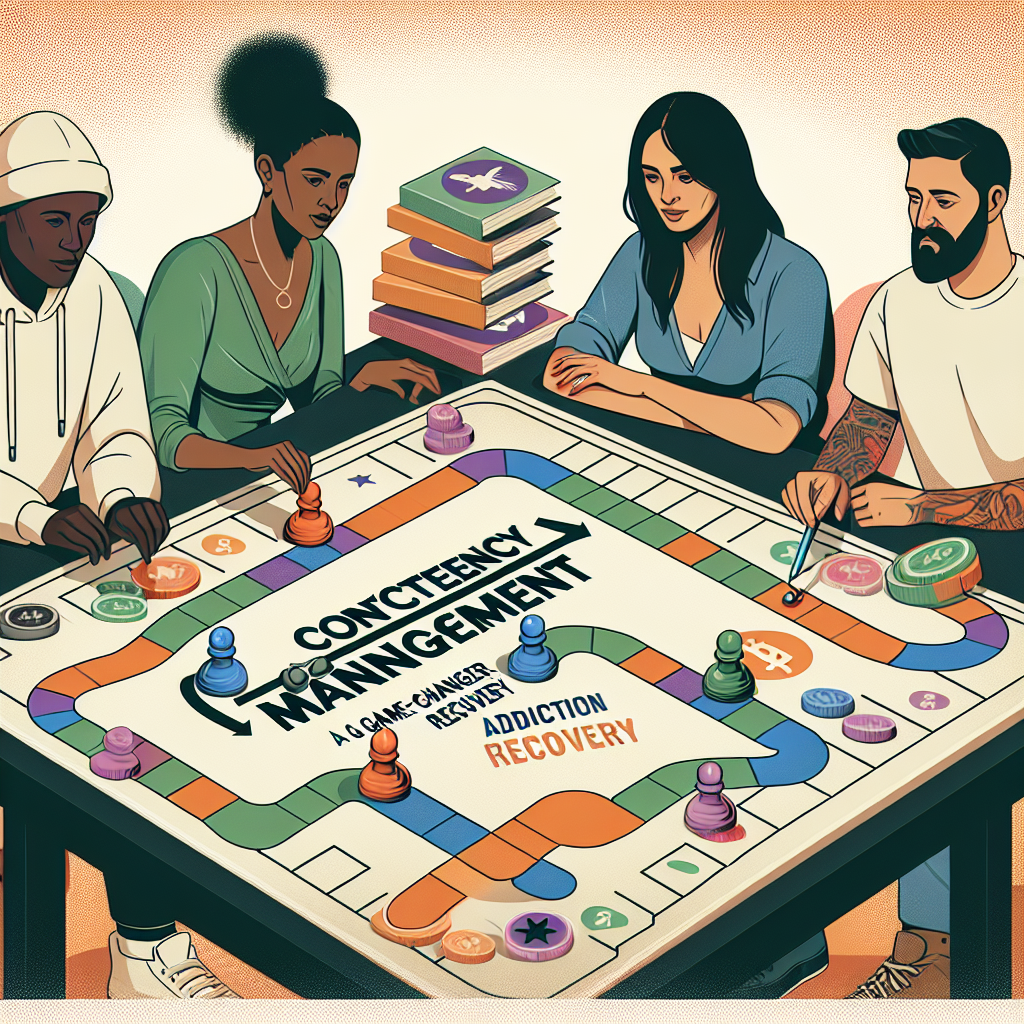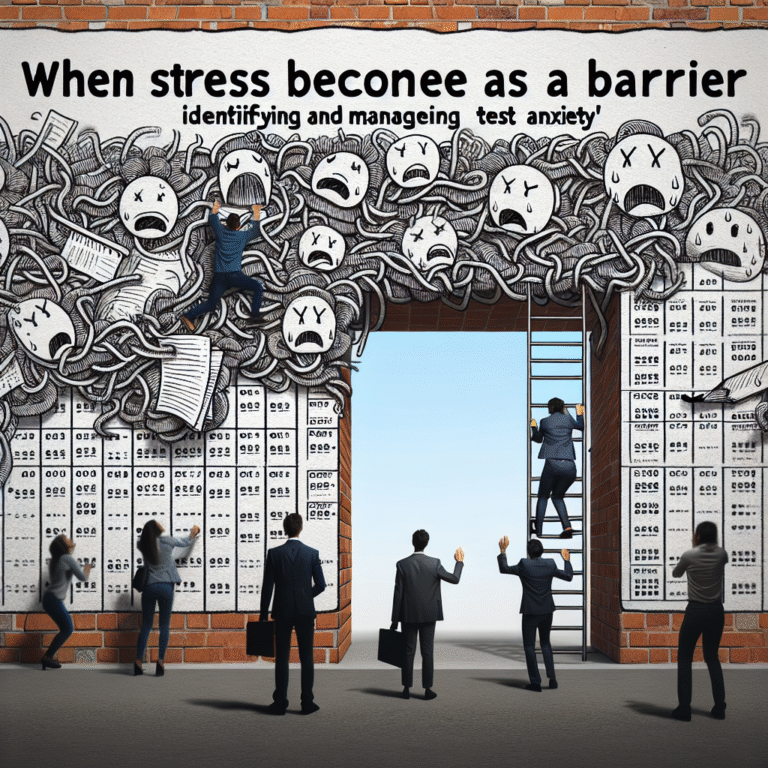
Introduction
Imagine standing at a crossroads where one path leads to entrenched addiction and the other represents a brighter, healthier future. At this pivotal junction, an innovative approach known as Contingency Management: A Game-Changer in Addiction Recovery emerges, offering a transformative means of changing lives and breaking free from the chains of substance abuse. In a world where traditional treatment methods have often fallen short, contingency management has proven itself as a dynamic tool, effectively reinforcing positive behaviors and reshaping lives.
Understanding the significance of contingency management is vital for those struggling with addiction, their families, and even healthcare professionals eager to implement cutting-edge recovery techniques. This article explores how this approach has revolutionized addiction treatment, showcasing real-world applications, pertinent case studies, and practical insights to help navigate this often-overwhelming landscape.
What is Contingency Management?
Contingency management (CM) is a therapeutic intervention that uses motivational incentives to reinforce positive behavior in individuals recovering from substance abuse. Essentially, it operates on the principle of operant conditioning, where desirable behaviors are rewarded, and undesirable ones may not receive the same level of acknowledgment.
The Foundation of Contingency Management
The psychological foundation of CM is anchored in behaviorism—the idea that behavior is influenced by the consequences that follow it. By utilizing tangible rewards, such as financial incentives, voucher systems, or even small prizes, patients are motivated to adhere to treatment protocols, like maintaining abstinence from drugs or alcohol.
Key Components of Contingency Management:
- Positive Reinforcement: Rewarding patients for achieving specific milestones.
- Clear Goals and Milestones: Establishing unambiguous objectives that patients should aim for, like drug-free urinalysis results.
- Regular Monitoring: Tracking progress consistently to ensure accountability.
- Customized Incentives: Tailoring rewards to meet individual preferences and needs.
The Impact of Contingency Management: Case Studies
Case Study 1: The Methamphetamine Treatment Project
In a groundbreaking study published in the American Journal of Psychiatry, researchers implemented CM in treating patients with methamphetamine addiction. Participants received monetary rewards for attending therapy sessions and providing drug-free urine samples.
Analysis:
Results: The study reported a notable increase in treatment retention rates and significant reductions in methamphetamine use. This case exemplifies how Contingency Management: A Game-Changer in Addiction Recovery not only incentivizes participation but also fosters a long-term commitment to overcoming addiction.
Case Study 2: Curbing Opioid Use with Incentives
A multisite trial documented the effects of CM on individuals recovering from opioid addiction. Participants received gift cards and other rewards for successful drug-screening outcomes and completion of treatment milestones.
Analysis:
Results: The use of CM led to an increase in sustained abstinence and a reduction in opioid-related overdoses. This case underlines the versatility of CM in effectively addressing various substance use disorders, adapting to different substances and demographics.
The Scientific Backing: Data and Evidence
Creating a robust framework for Contingency Management: A Game-Changer in Addiction Recovery involves examining empirical evidence that substantiates its effectiveness. Tables like the one below illustrate key findings from numerous studies:
| Study | Substance | Sample Size | Key Findings |
|---|---|---|---|
| 1 | Methamphetamine | 200 | 45% reduction in use |
| 2 | Opioids | 150 | 50% increased abstinence rates |
| 3 | Cocaine | 300 | 40% better treatment adherence |
Analysis of Data
The data illustrate that contingency management consistently leads to higher rates of treatment success across a range of substances. Through planned incentives, individuals are far more likely to engage fully with their recovery programs.
Why Contingency Management Works
-
Motivation Through Rewards: When patients see tangible rewards for their efforts, they are more likely to stay engaged in their treatment. It transforms recovery from a daunting process into a more achievable goal.
-
Enhanced Communication: Regular check-ins are integral to CM, promoting open lines of communication between the patient and healthcare providers. This rapport can enhance trust and facilitate a more effective treatment journey.
- Structured Environment: Having a clear framework gives patients a sense of direction, empowering them to take control of their recovery process.
Implementation in Treatment Facilities
Implementing CM requires deliberate planning and commitment from treatment facilities. Below are some steps to integrate contingency management effectively:
-
Training Staff Members: Educating staff about CM principles ensures everyone is on the same page and understands how to implement the strategy effectively.
-
Designing Reward Systems: Facilities need to develop a rewarding system tailored to their specific population, which could range from simple thank-you notes to financial incentives.
- Continuous Evaluation: Facilities must continually assess the effectiveness of the CM program and adjust strategies based on patient feedback and outcomes.
Challenges and Considerations
While CM is promising, it is essential to recognize certain challenges:
- Cost: Implementing a reward system can be financially demanding, particularly for struggling treatment centers.
- Dependence on Rewards: There is a risk that individuals may focus solely on rewards, rather than intrinsic motivation for change.
- Stigma: Some may perceive CM as treating individuals like "children" rather than empowering them as adults responsible for their recovery.
However, these challenges are surmountable with thoughtful planning and continued commitment to enhancing patient outcomes.
Future Directions for Contingency Management
With ongoing research and evolving methodologies, CM holds the potential to further revolutionize addiction treatment. Emerging technologies, such as apps and telehealth platforms, can integrate CM frameworks, putting recovery support directly in the hands of patients.
Conclusion
In a landscape often fraught with despair, Contingency Management: A Game-Changer in Addiction Recovery paves a vital path toward healing. By focusing on positive reinforcement, clear goals, and structured support systems, this innovative approach transforms the recovery journey from mere survival to thriving.
As we continue to refine these methods and embrace the insights offered by real-world case studies, it becomes increasingly clear: effective recovery isn’t just about stopping substance use—it’s about building lives filled with hope, purpose, and resilience.
FAQs
1. What is Contingency Management?
Contingency management is a therapeutic approach that uses rewards to reinforce positive behaviors in addiction recovery, helping to motivate individuals toward sobriety.
2. How effective is Contingency Management?
Research has shown that CM significantly increases treatment adherence and reduces substance use across various addictions, making it a proven strategy in recovery.
3. What types of rewards are commonly used?
Rewards can range from monetary incentives and gift cards to vouchers and other small prizes, tailored to the preferences of individual participants.
4. Can CM be applied to any substance use disorder?
Yes, CM has been successfully used in treating various types of substance use disorders, including methamphetamine, opioids, and cocaine.
5. What are the limitations of Contingency Management?
Some limitations include potential cost issues, the risk of dependency on rewards, and the challenge of addressing underlying motivations for change. However, with proper structuring and planning, these challenges can be managed effectively.
By delving into the depths of contingency management, we’ve uncovered just how transformative this approach can be for those in recovery. Now, the crucial task lies before us: to spread the word, implement these methods, and inspire those in need of change.


















